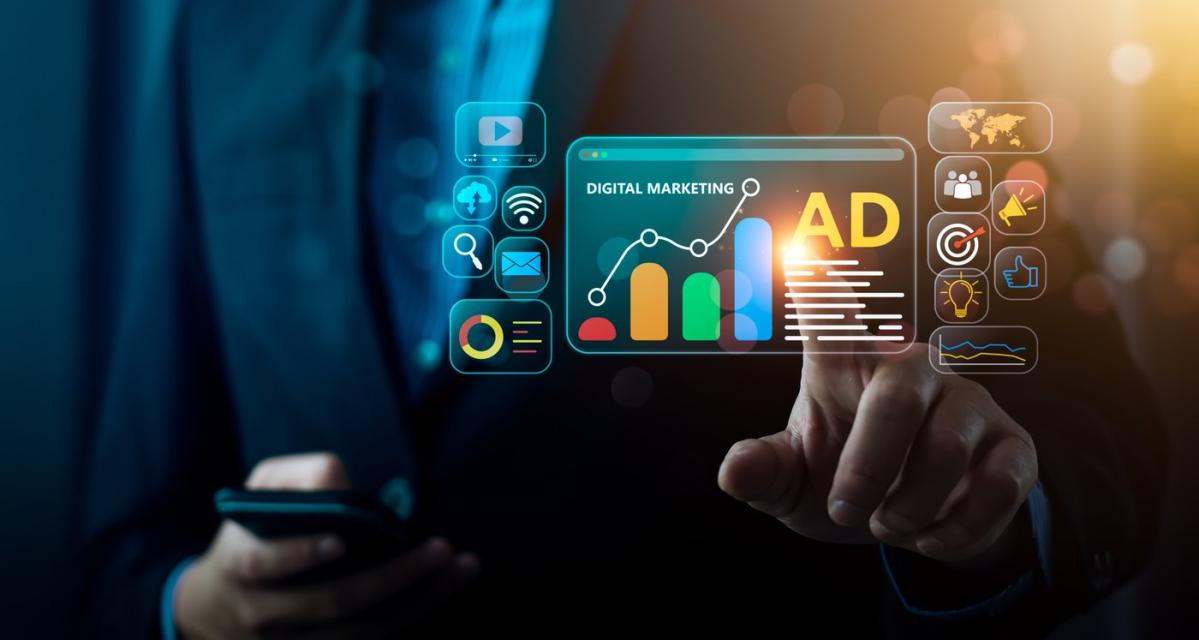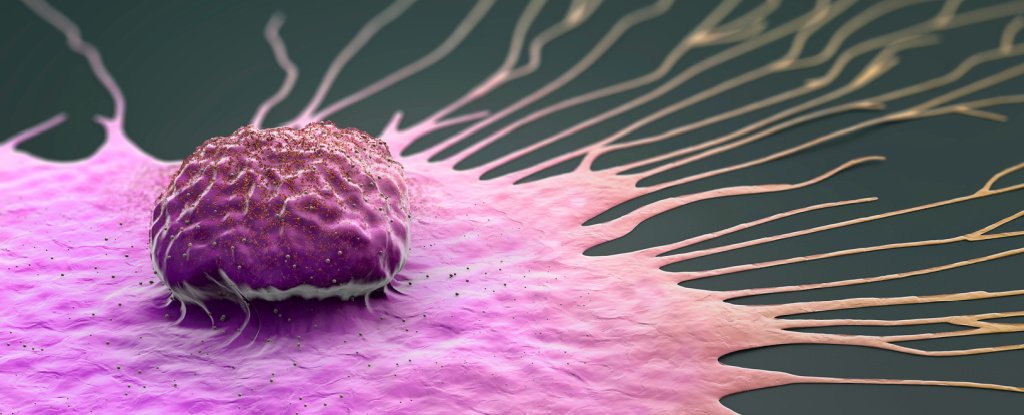This week’s must-reads:
- An arthritis drug helps old dogs, but some owners worry about side effects
- What is ‘oil pulling,’ and is it good for your teeth?
- How cleaning product chemicals called ‘quats’ may affect the brain
- Do women who live together get their periods together, or is it a myth?
- Can dogs ‘catch’ yawns from humans?
The daunting task of ‘widow’s work’
This week I was moved by an essay by a 92-year-old writer, Barbara Morris, who shared the emotional and logistical challenges of widowhood. She lost her husband, Ward, after 56 years of marriage.
Both the readers and I were struck by her description of “widow’s work” — the financial, insurance, medical and legal paperwork that those left behind must sift through after someone dies.
To help people prepare for these events — and hopefully minimize the strain of widow’s work — AARP has a number of useful guides. Here are four simple steps to take now so that life will be easier for you or your loved ones should one of you die.
- Prepare an end-of-life notebook: This AARP worksheet will get you started on compiling all the documents — medical, legal, financial and end-of-life — you need. It will take some time, but the worksheet is a great way to keep track of what you have left to do.
- Write your advance directive: Go to the AARP website to find the right forms for your state. This step is the one that most benefits you directly and will help your family make medical decisions on your behalf. The website Five Wishes is also a popular resource, with easy-to-follow instructions for creating an advanced directive.
- Make a will: Gallup reports that fewer than half of Americans have a will. Without a will, the laws of the state will decide how your assets are distributed. Services such as Nolo or LegalZoom can help for a fee.
- Create a digital estate plan: This guide from AARP will help you manage utility accounts, credit cards and social media passwords.
Solo exercise and how to stay safe
There’s lots of good advice about staying safe while hiking or running outdoors when you’re alone. The tips really could apply to anyone venturing out on a trail or long hike. The weather, falls and injuries are the biggest threats, according to our story.
It included a number of useful resources, including HikeSafe.com, which offers regional advice and a quiz to test your safety knowledge. The Emily M. Sotelo Safety and Persistence Charitable Foundation is named after a young woman who died hiking in the White Mountains of New Hampshire in November 2022. The foundation offers six pillars of hiking preparedness and a hiking essentials packing list. The American Hiking Society has a list of 10 essential items to bring on every hike. The Fowler-O’Sullivan Foundation, created to honor missing Pacific Crest Trail hikers Kris Fowler and David O’Sullivan, gives free Garmin inReach devices to PCT hikers every year as part of its mission to keep hikers safe.
Read the full story for more great advice.
Why people without diabetes use glucose monitors
Why are healthy people who don’t have diabetes using continuous glucose monitors? Should I get one?
Continuous glucose monitoring has become a major health fad among those who don’t have diabetes but want to use the data to inform their lifestyle choices. Everyday factors such as diet, exercise and stress affect your blood sugar levels.
The monitors, which are usually worn on the upper arm or stomach, contain a specialized enzyme that reacts with glucose molecules in your body, generating a tiny electric current. Its voltage is proportional to your blood glucose concentration, which the device calculates several times per hour.
People are often fascinated by the results because everyone reacts somewhat differently to eating. In one study that tracked more than 45,000 meals from 800 people, researchers found a high variability in glucose levels even after eating the same foods, such as bread with butter.
I don’t normally recommend continuous glucose monitors to my healthy patients. But I do appreciate that some people — especially those who feel they’ve already tried hard to get a better handle on their blood sugar — will find seeing that data play out in real-time informative and motivational.
To learn more, read the full column from Harvard physician Trisha S. Pasricha.
World Penguin Day is celebrated each year on April 25 to raise awareness about these delightful birds. For your joy snack this week, I thought it would be fun to share our best penguin content from the archives.
- These penguins found a camera in Antarctica and captured a surprisingly good ‘selfie’
- A king penguin and a wedding anniversary inspired a couple to see all 18 species
- Meet the adorable penguins this photographer discovered on a trip to Antarctica
- Male penguin pair doing ‘great job’ raising baby chick
- A penguin love story: She’s 43. He’s 13.
Want to know more about “joy” snacks? Our Brain Matters columnist Richard Sima explains. You can also read this story as a comic.
Please let us know how we are doing. Email me at [email protected]. You can also find us on TikTo.co

Rachel Carter is a health and wellness expert dedicated to helping readers lead healthier lives. With a background in nutrition, she offers evidence-based advice on fitness, nutrition, and mental well-being.








